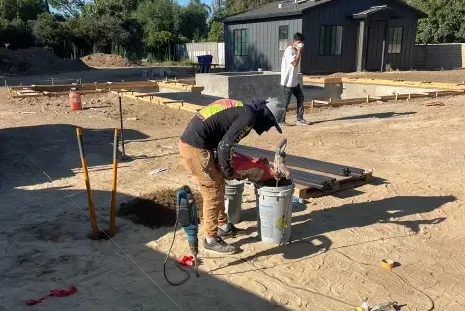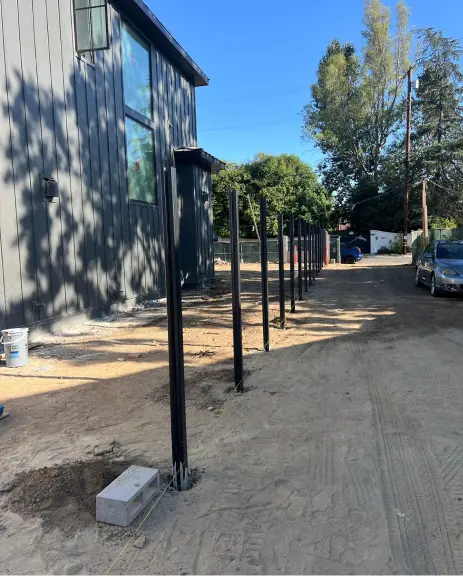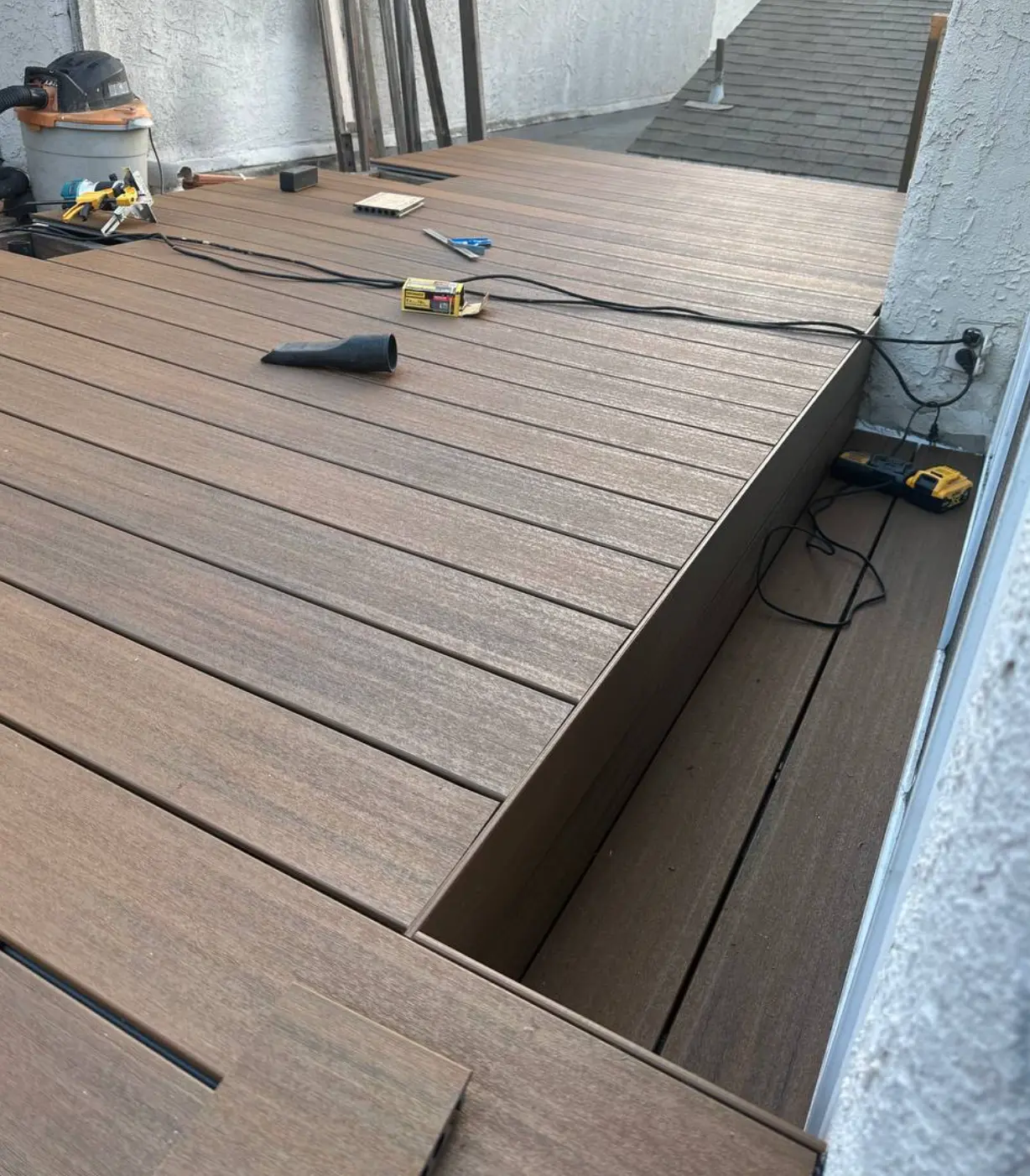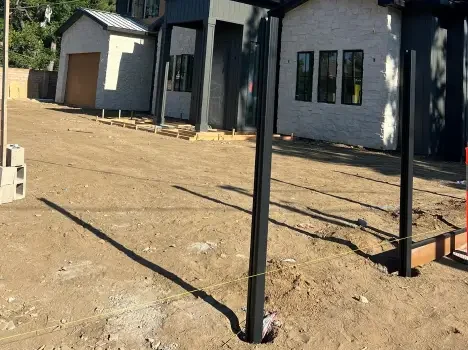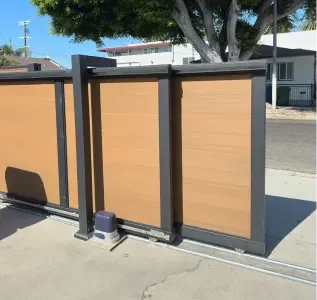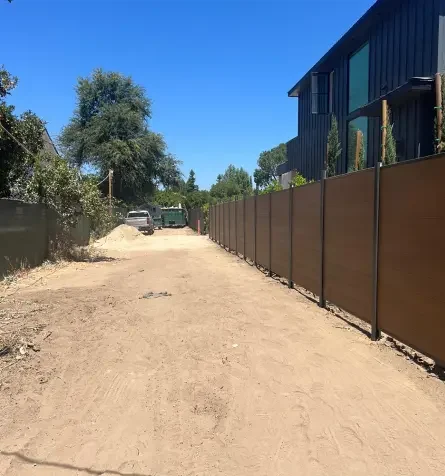
What Is WPC and Why Is It Different?
WPC stands for Wood Plastic Composite, a sustainable material made from a blend of recycled wood fibers and high-quality plastics. This unique combination brings together the natural appeal of wood and the resilience of synthetic materials. Unlike pure wood, which is susceptible to the elements and pests, WPC is engineered to hold up against weather, wear, and time. For California homeowners facing intense sun and the occasional rain, WPC offers a durable alternative that stays looking fresh year after year.
WPC Fencing vs. Traditional Wood: A Durability Comparison
-
No Need for Constant Painting and Staining
Wood fencing needs frequent painting or staining to keep it looking its best. Under California’s sun, wood can fade, peel, and lose its charm quickly—meaning you’ll spend time and money keeping it in shape. WPC fencing, on the other hand, is color-stable and UV-resistant, so it maintains its vibrant look without the need for regular touch-ups. You’ll save yourself from the cycle of repainting, leaving more time to enjoy your outdoor space.
-
Built to Resist Termites and Pests
Wood fences can be a buffet for termites and other wood-eating pests, especially in warmer climates. Over time, termites can weaken and damage the fence, leading to costly repairs or even full replacement. WPC fencing is naturally resistant to termites and insects, so you won’t have to worry about pests compromising the integrity of your fence. For homeowners seeking peace of mind, WPC offers a fence that’s as resilient as it is beautiful.
-
Waterproof and Weather-Resistant
Wood can absorb water, which leads to problems like warping, rotting, and splitting. Even with regular sealing, moisture can eventually take a toll on wood fences. WPC fencing, however, is waterproof. It won’t warp, swell, or rot, even in humid or rainy conditions. This weather resistance makes WPC ideal for California’s variable climate, from coastal fog to dry heat—your fence stays in top shape, rain or shine.
-
Eco-Friendly and Sustainable
In today’s world, sustainability matters. WPC is made from recycled materials, repurposing wood fibers and plastics that might otherwise go to waste. This makes WPC a more eco-friendly choice than cutting down trees for wood fencing. By choosing WPC, you’re not only making a smart choice for your home but also a responsible choice for the planet.
-
Strong and Long-Lasting
Unlike wood, which can splinter, crack, or break under pressure, WPC is impact-resistant and extremely durable. It can withstand the occasional bump or impact without showing damage, which is great for families with kids or pets. With WPC, you’re investing in a fence that’s designed to stand strong for decades, not just a few years.
